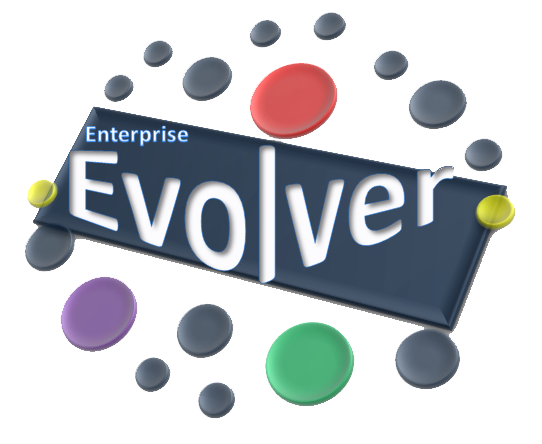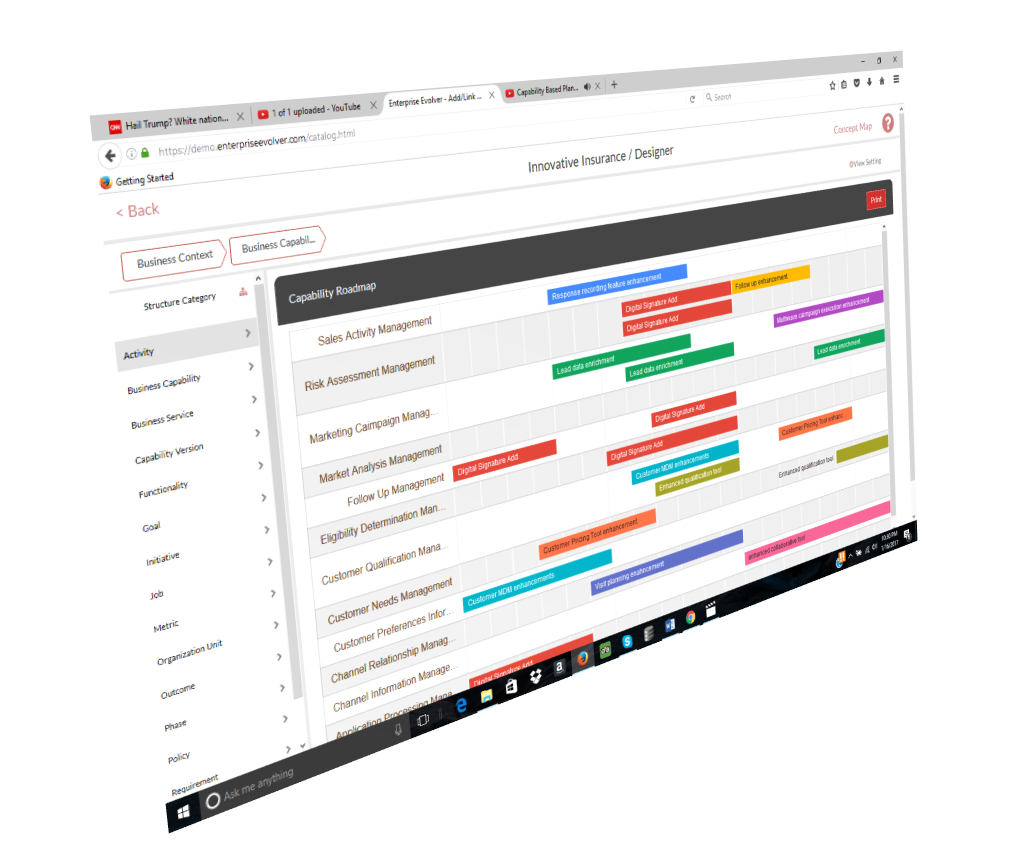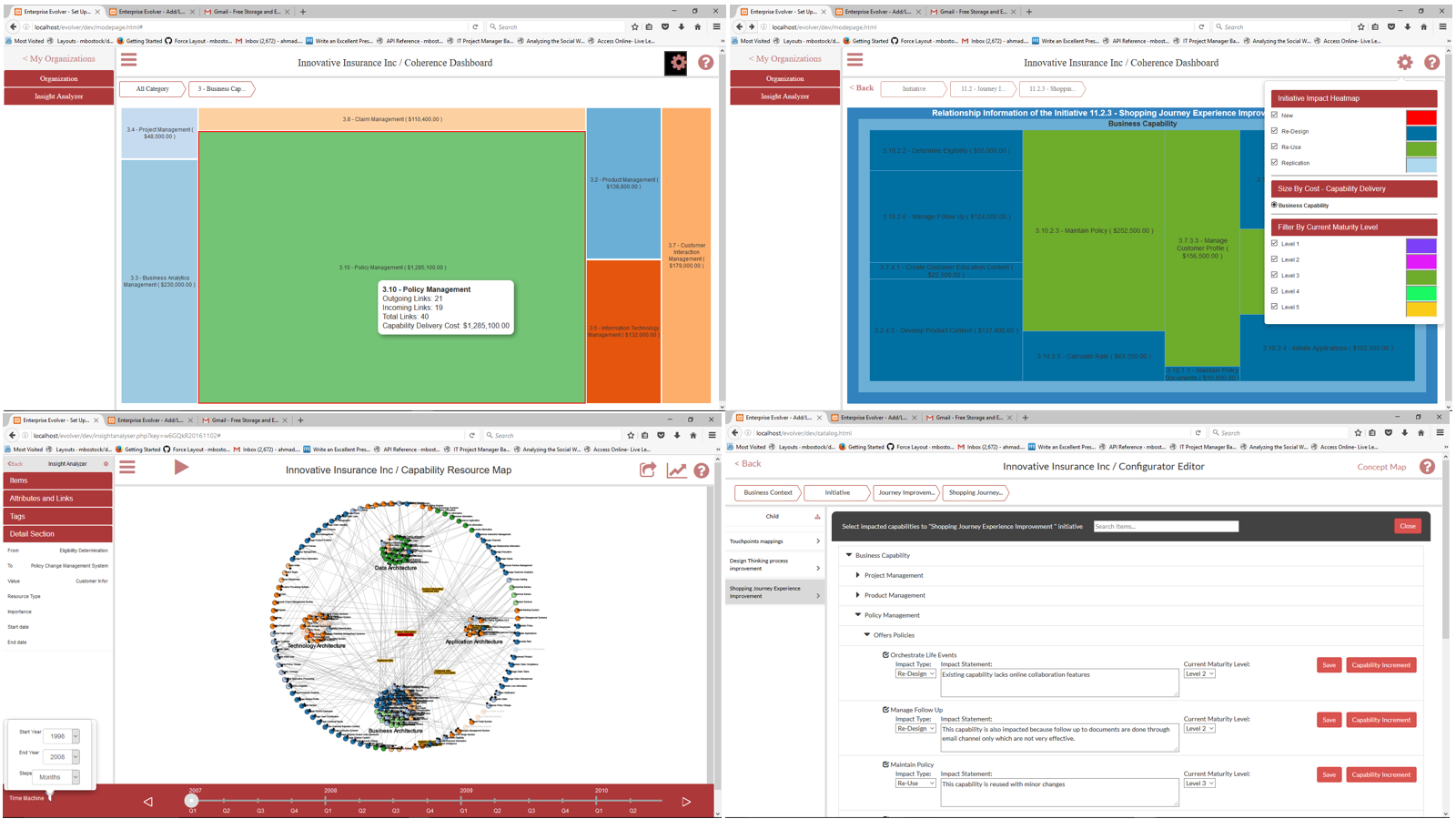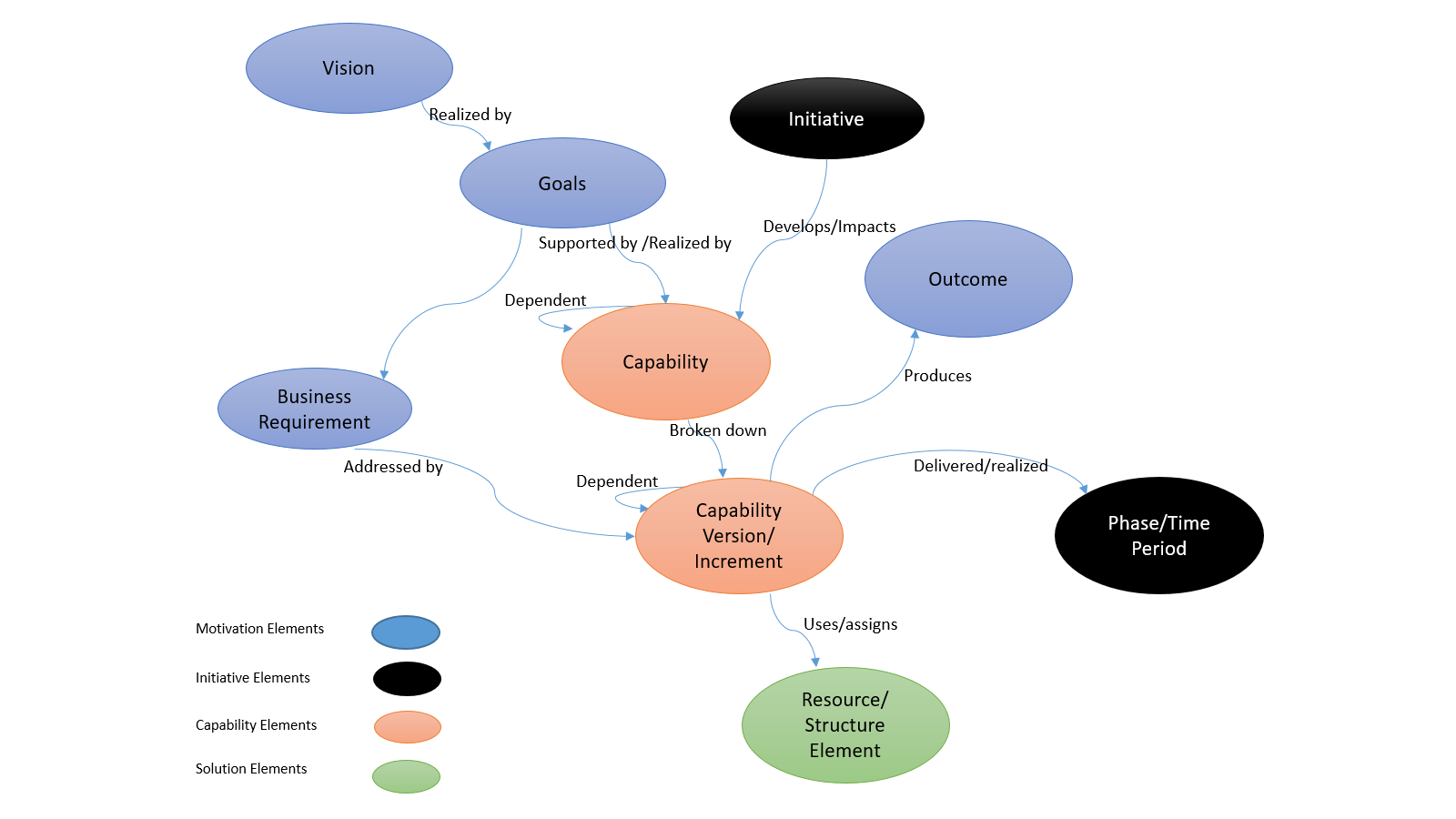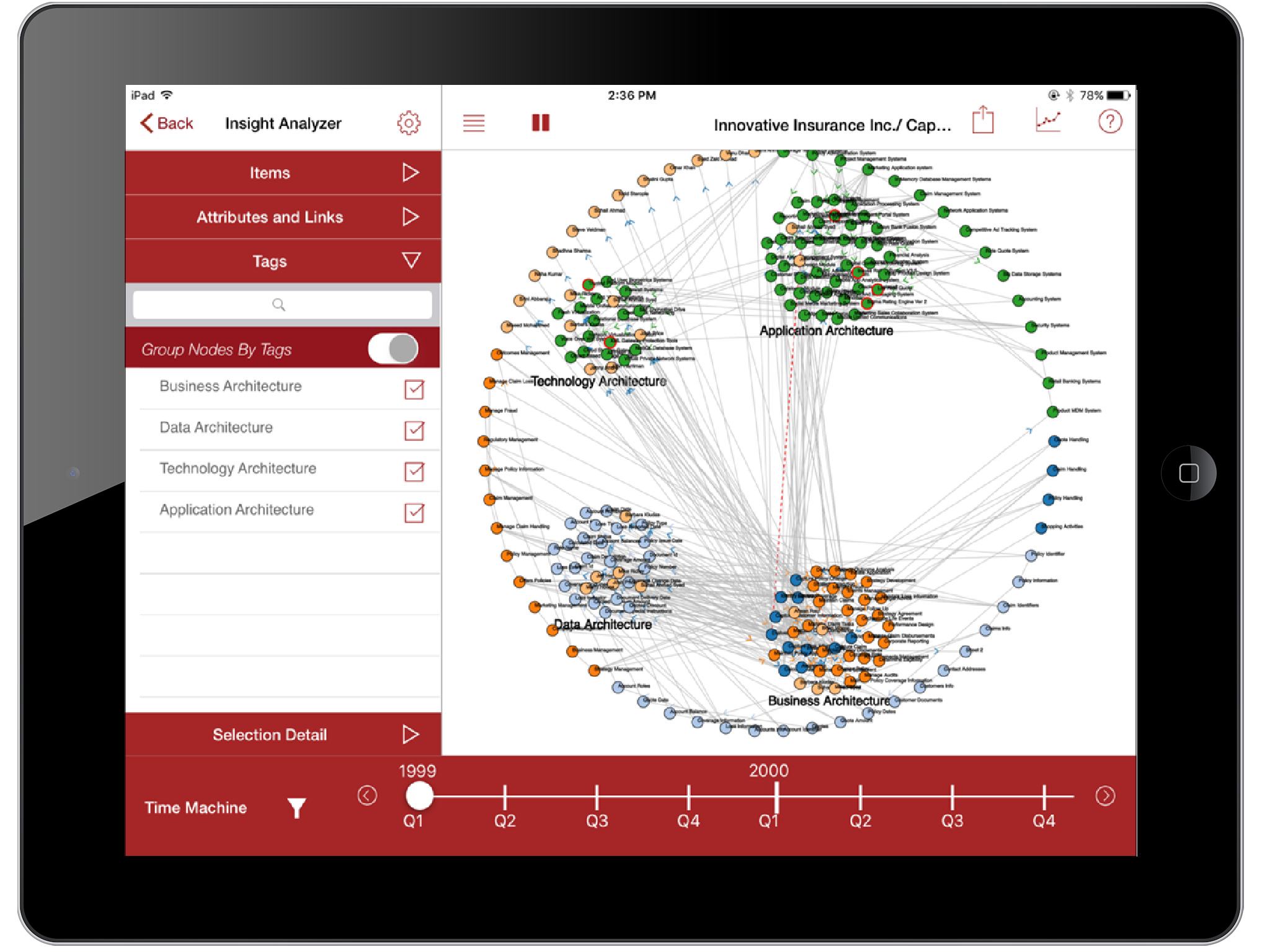A roadmap to success: How evaluating your business capabilities can guide your improvement journey
Evaluating a business capability model using attributes such as maturity, importance, and complexity can provide several benefits for the organization, including: Prioritization: By assessing the maturity of the capability’s process, technology or skills of people, and the importance of each capability, organizations can prioritize which capabilities to focus on first, and which area (e.g. process, […]
Continue Reading »